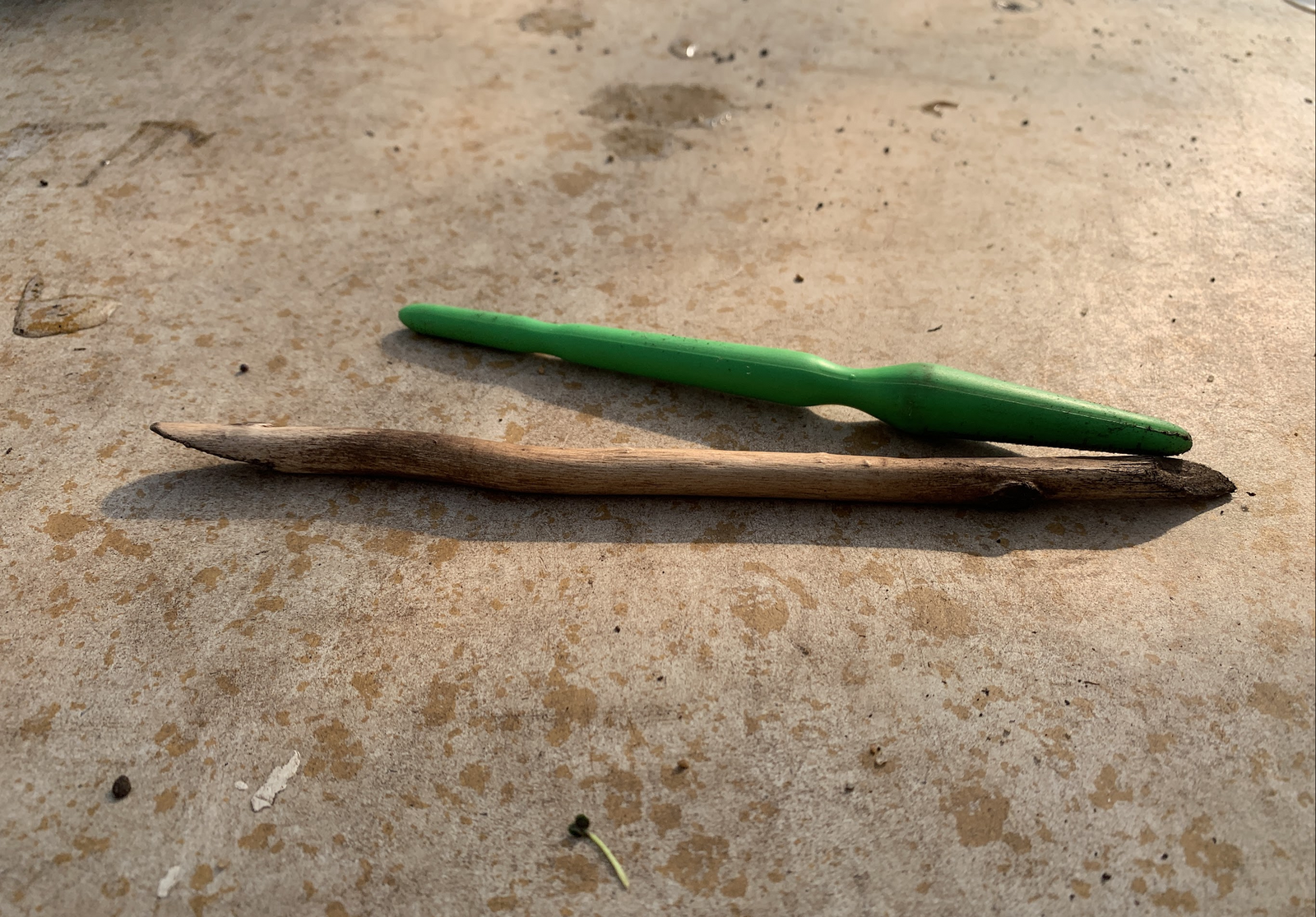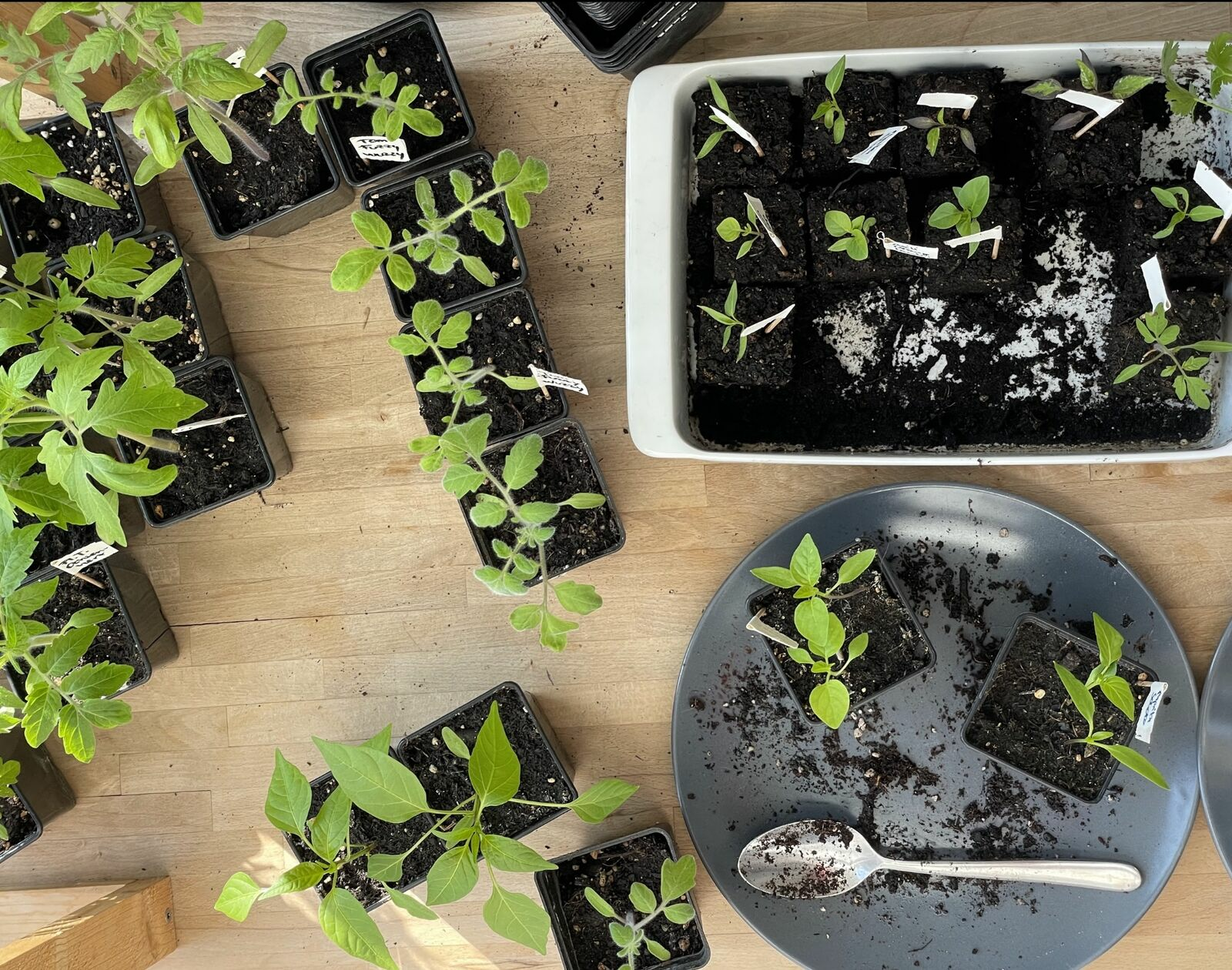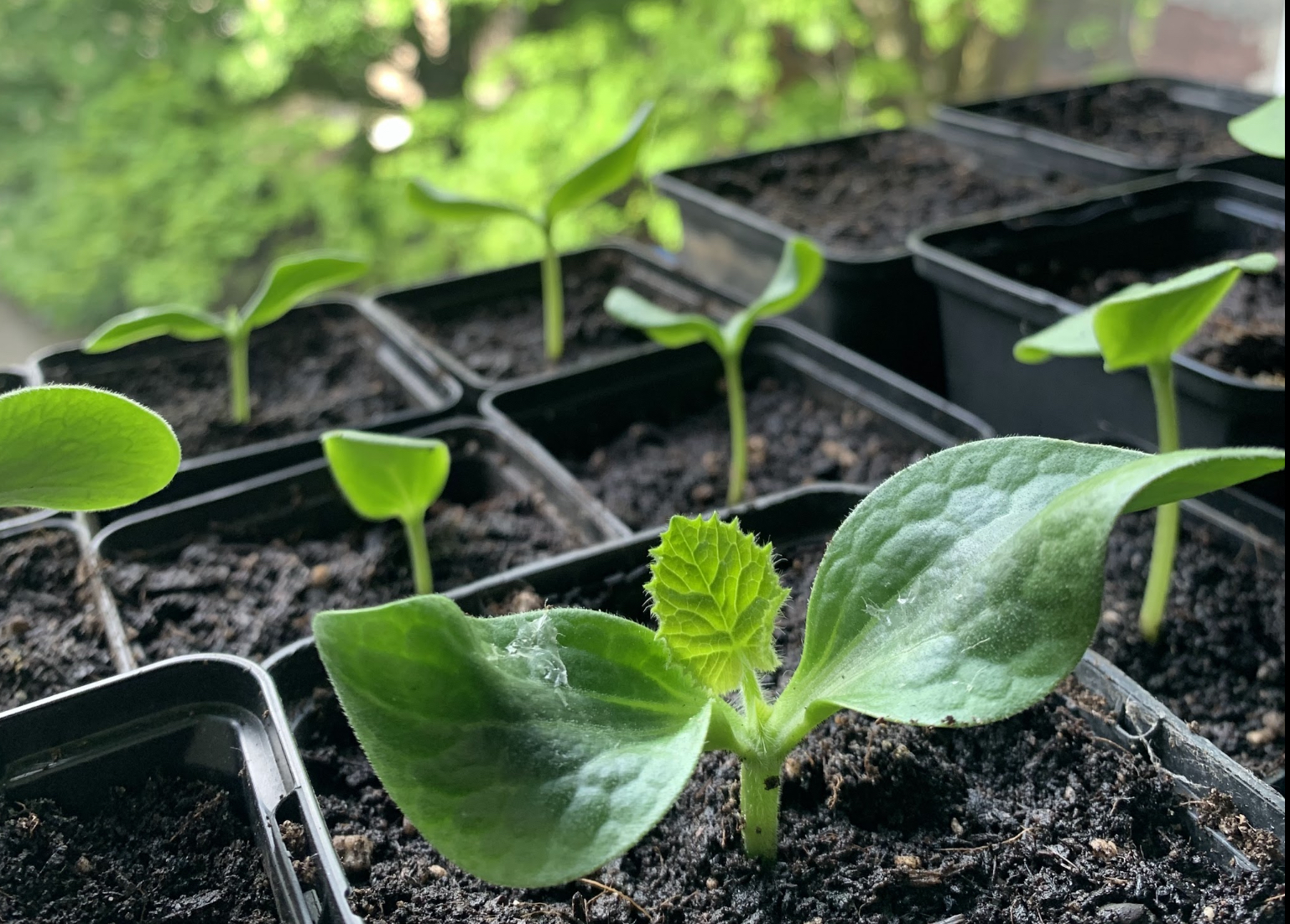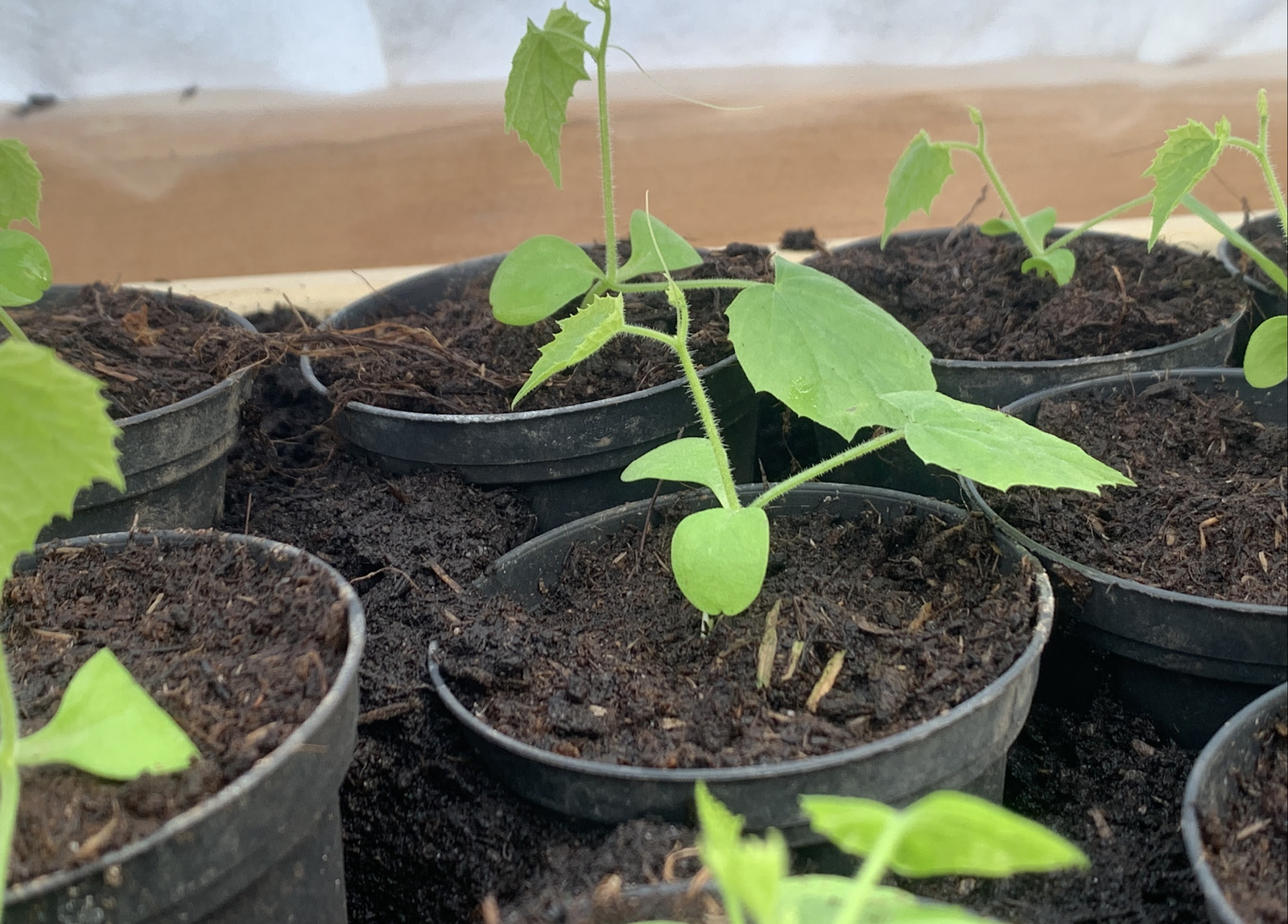Pricking out vegetable plants
Tips and instructions
What does pricking out mean? Pricking out is an important part of growing your own seedlings. After germination, your seedlings grow into small young plants. The space in the growing pots then usually becomes cramped and the plants compete for water, light and nutrients. This is why the seedlings are pricked out, i.e. the young plants are separated into their own pots with fresh, nutrient-rich soil.
Pricking stick - tool for singling

As the seedlings are very delicate and fragile, you need to be very careful when separating them. That's why gardeners use a wooden pricking-out stick or a spoon. Otherwise, all you need are pots, fresh soil and the young plants. And you're ready to go.
Pricking out - the best time
When to prick out young plants: To prevent the seedlings from getting plant shock and possibly dying, you should not prick out too early. Both cotyledons should already be fully developed. You should also be able to see at least the beginnings of the first two true leaves.
Pricking out - Which soil?
Low-nutrient potting compost is used for sowing. This promotes the development of a healthy seedling with a solid root system. When pricking out, the seedling is given fresh, nutrient-rich garden soil. Choose organic garden soil without peat for this. Depending on which plant you are pricking out, you can adapt the soil to the needs of the plants and mix in sand or compost, for example.
Pricking out plants - instructions

- Half-fill new pots with fresh garden soil
- Remove the seedlings from the potting compost
- Pinch off the root tips with your fingers to encourage root growth
- Use the pricking-out stick to plant the seedling in the new pot, lowering the plant a little (no lower than the cotyledons and roots)
- Fill the pot with soil and water the seedling well
- Don't worry if the plants droop their leaves in the first few days, as soon as the roots grow properly they will straighten up again
Rescuing wilted plants with pricking out

Seedlings go to seed if the relationship between light and temperature is not right. Particularly in the case of early cultivation on a windowsill, it is usually relatively warm compared to the amount of sunlight. This causes the seedlings to shoot upwards and only develop a thin shoot, which at some point can no longer support the leaves. You can prick out seedlings that have gone to seed to save them. Most plants tolerate being planted a little deeper (but no deeper than the cotyledons) to give them more stability.
Tips for pricking out vegetable plants

- Plant the plants deeper into the soil, but no deeper than the cotyledons (these should still be sticking out of the soil so that they do not rot). Kohlrabi, for example, should not be planted too deep, as they form their tubers above ground on the second or third leaf
- After pricking out, pay attention to the temperature. Germination temperatures are usually higher than the optimum growing temperature (e.g. 15 to 20 degrees for tomatoes and peppers, 10 to 15 degrees for lettuce)
- For some plants, try to avoid pricking out the young plants. Pumpkin plants, for example, have very sensitive roots and do not tolerate repotting very well. This is why pumpkins, melons, cucumbers and zucchinis are usually sown directly and individually in larger pots.

